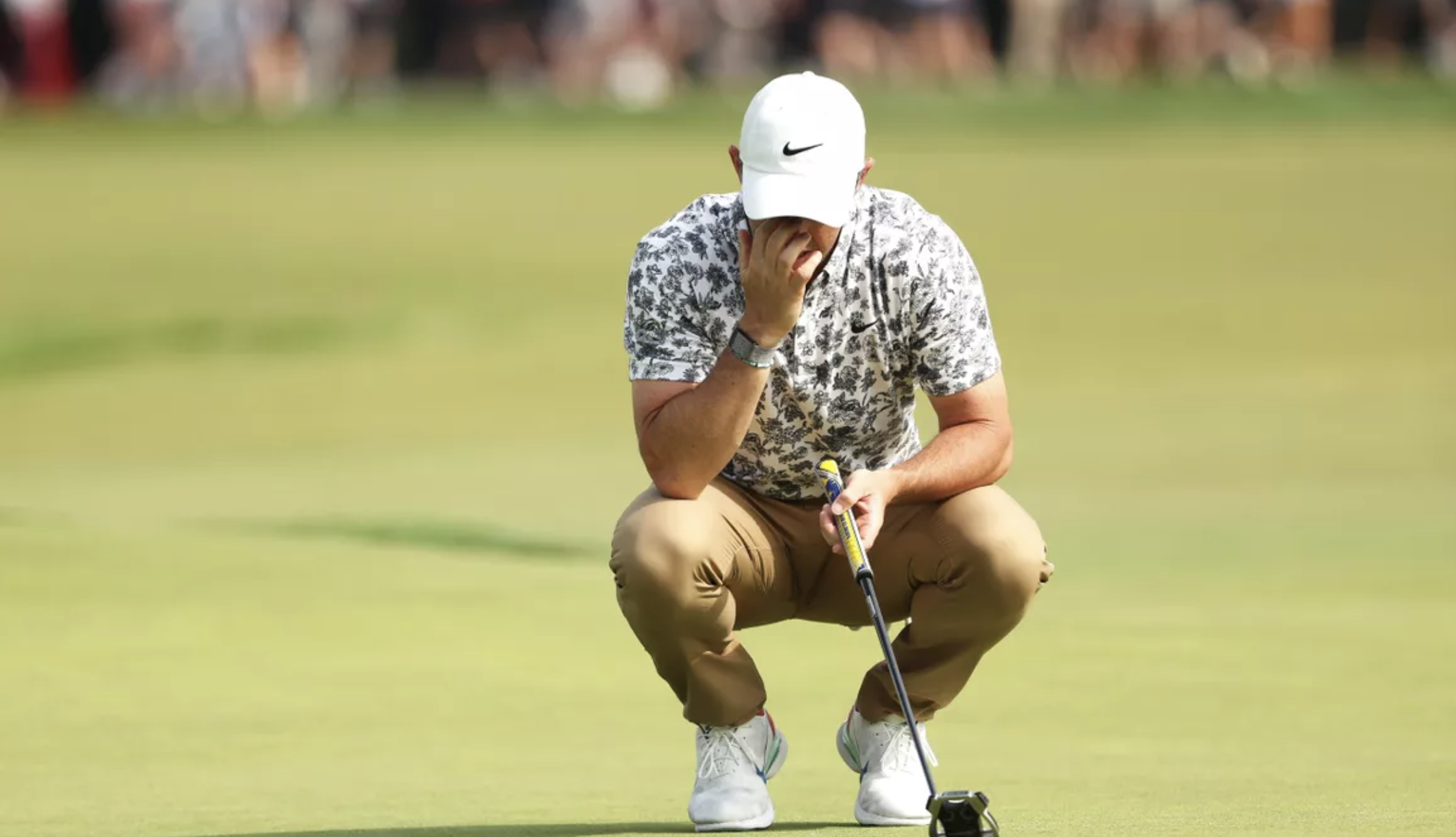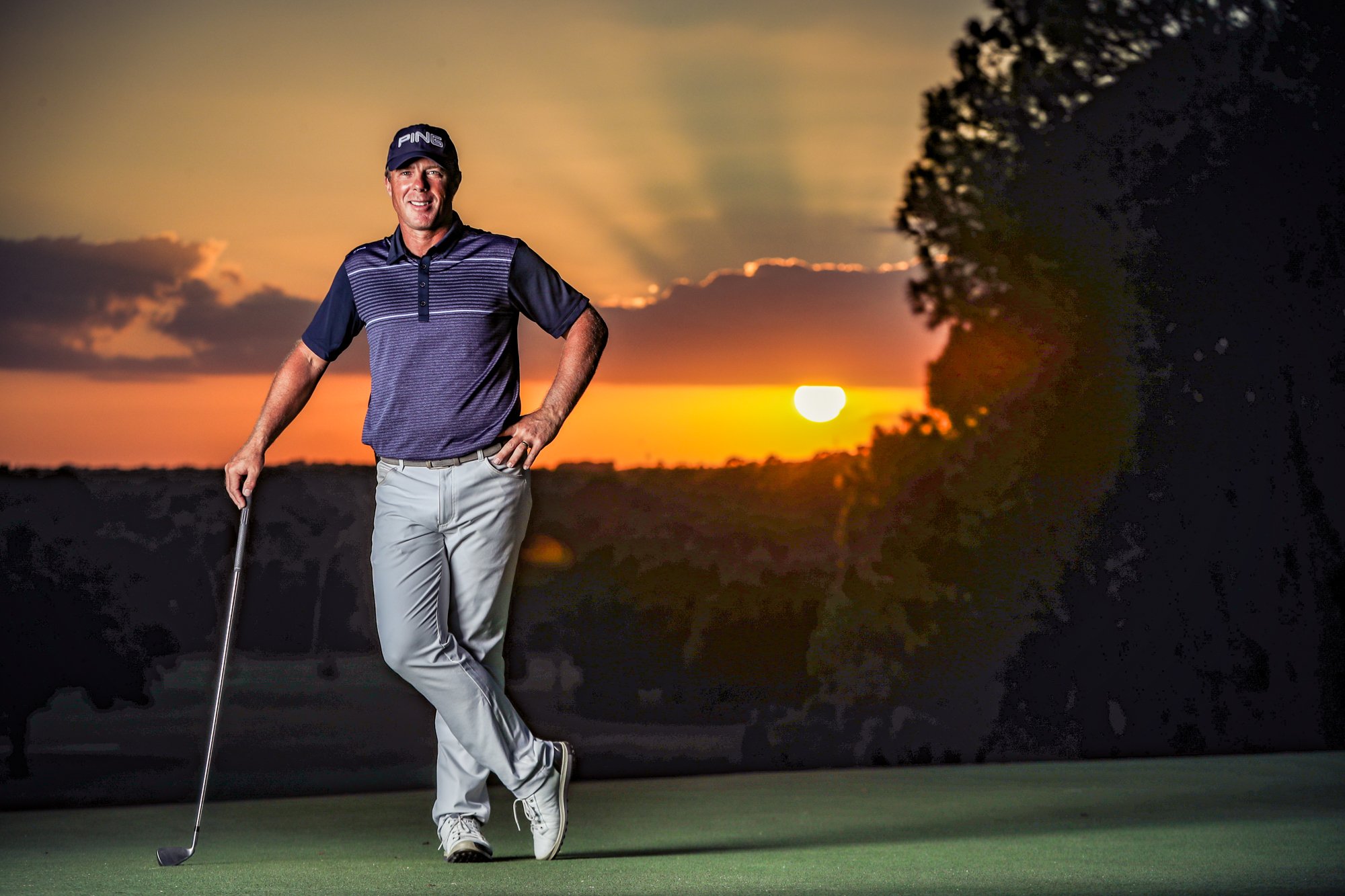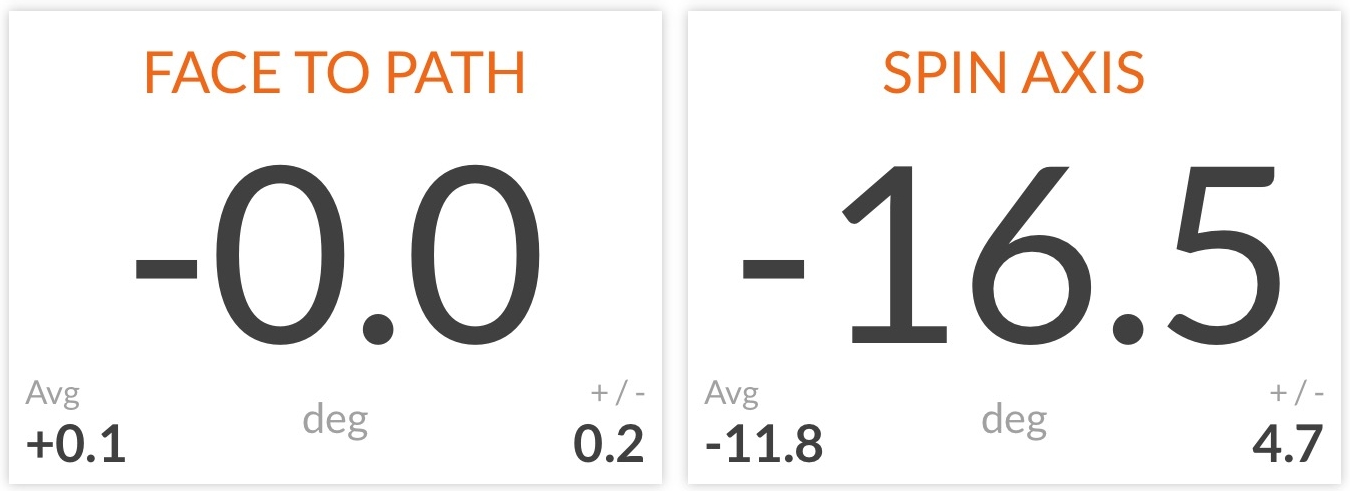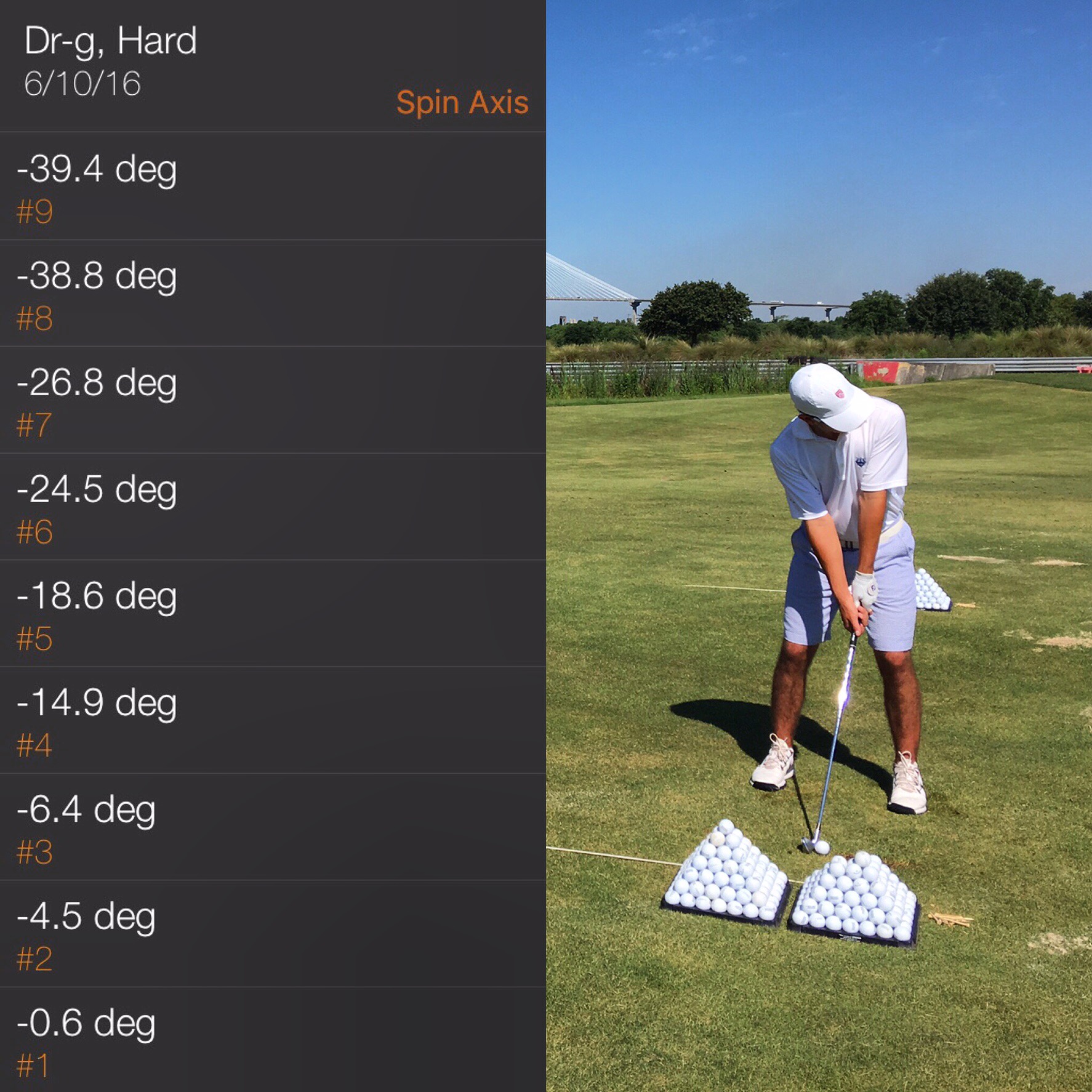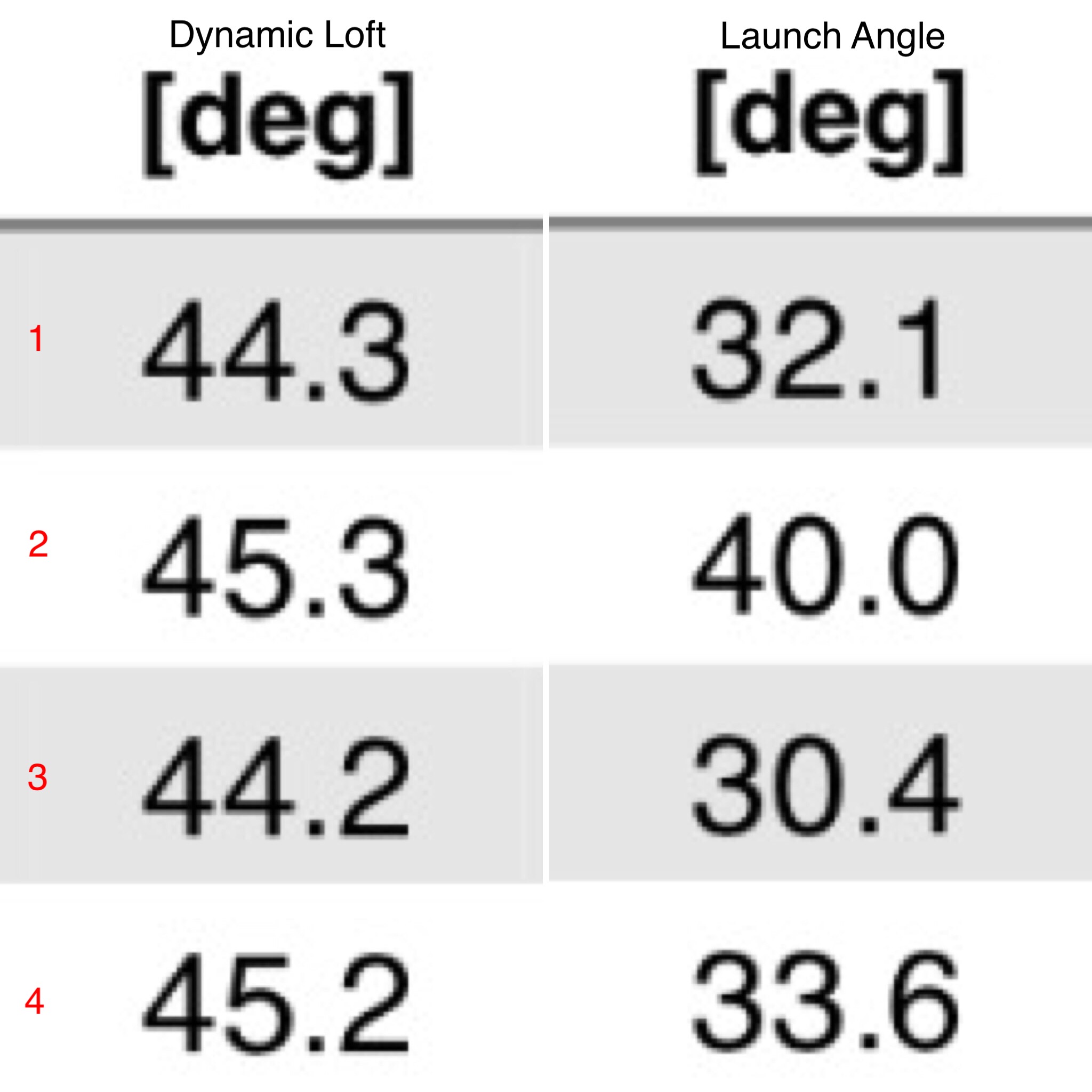2023 US Open Wrap
/Wyndham Clark won his first major championship on Sunday, shooting a final-round 70 to finish at 10-under-par for the tournament and hold off four-time major champion Rory McIlroy by one shot. The victory was a surprise for many, as Clark had never finished better than 75th in a major championship and had missed the cut in his previous two U.S. Opens. But Clark played steady golf all week, and hit some key shots down the stretch to hold off Rory. The difference to me was the 14th hole, where Wyndham hit a 280 yard second shot to 20 feet and Rory hit his 125 yard third shot into a bunker.
LACC started the week off in controversial fashion with two players shooting major championship record tying 62’s along with a host of other low scores, but redeemed herself as a solid US Open venue with some more moderate scoring over the last few days. It was however, the lowest scoring average in US Open history with 71.16. I have never played there, but despite a few negative player reviews, I liked the look and setup of the course for the week. I would have liked to see the short 15th play around 120 yards long on Saturday instead of the very short 80 yard shot they had it set up for.
Rory was so close, yet again! On Sunday he hit more greens than any other player yet turned in his worst putting performance of the week, losing 2.25 strokes to the field. Here are his strokes gained putting stats by round:
1st: +2.74 2nd: +1.89 3rd: -1.19 4th: -2.25
In a disturbing trend he seems to hit the ball well, yet perhaps rather conservatively, on major Sundays and putt poorly. The longest putt he converted in his final 22 holes was a 7 foot putt for par on the 16th on Sunday. It pretty much was St. Andrews all over again!
The golf course certainly favored the top drivers of the ball, with wider than normal fairways and firm conditions. I thought LACC handled the challenge of a US Open nicely, but I’m not sure I’d be eager for a return visit in the near future. It’s just tough to beat Shinnecock, Pebble, Brookline and Oakmont!
It’s crazy to think that we only have one more major to go for 2023. It’s just over 30 days until we get to see the top players take on Royal Liverpool and I for one, would love to see Rory grab another major championship. Finally!



